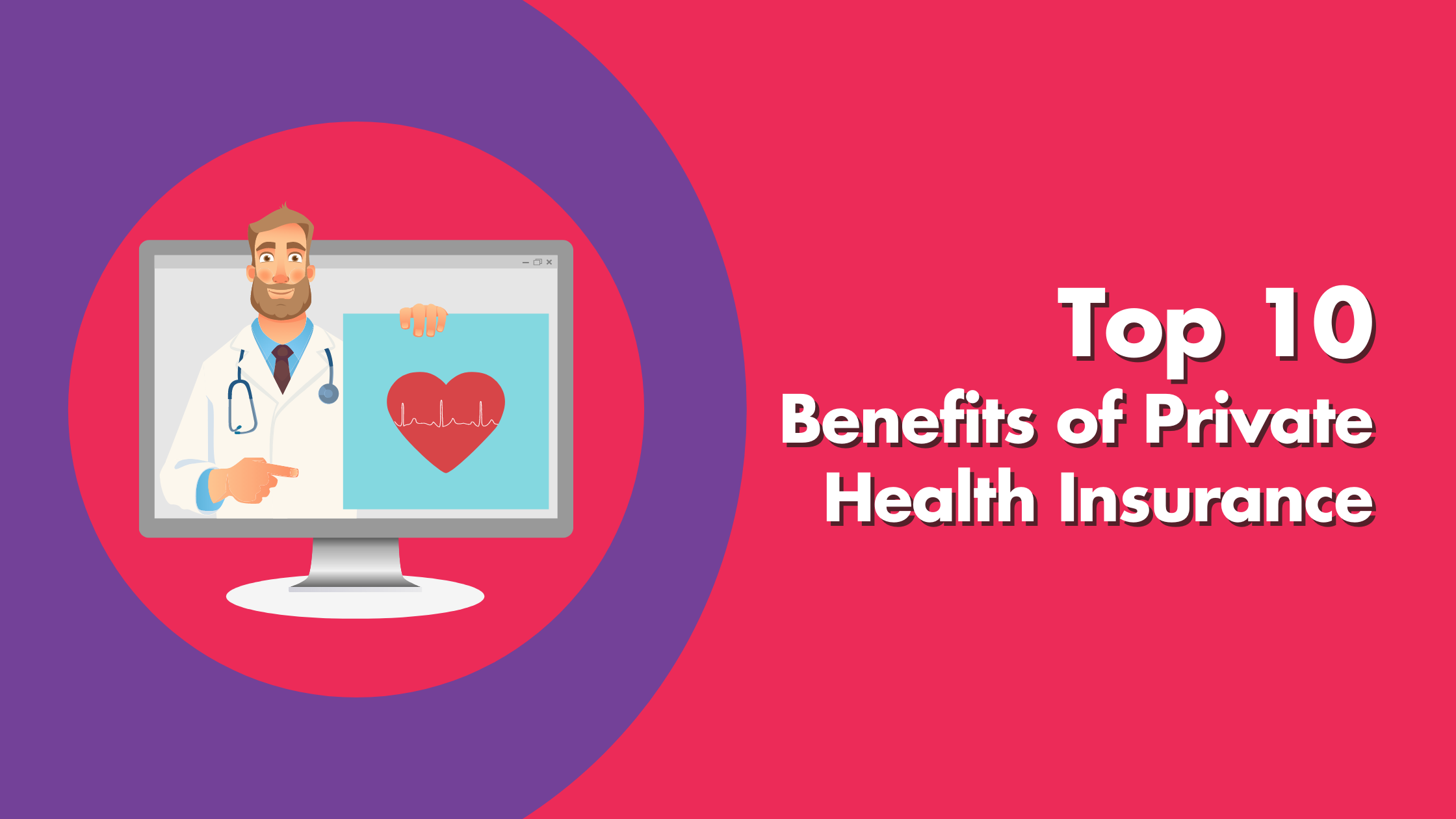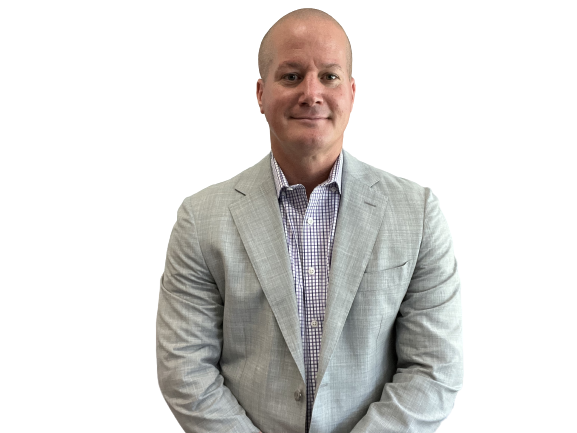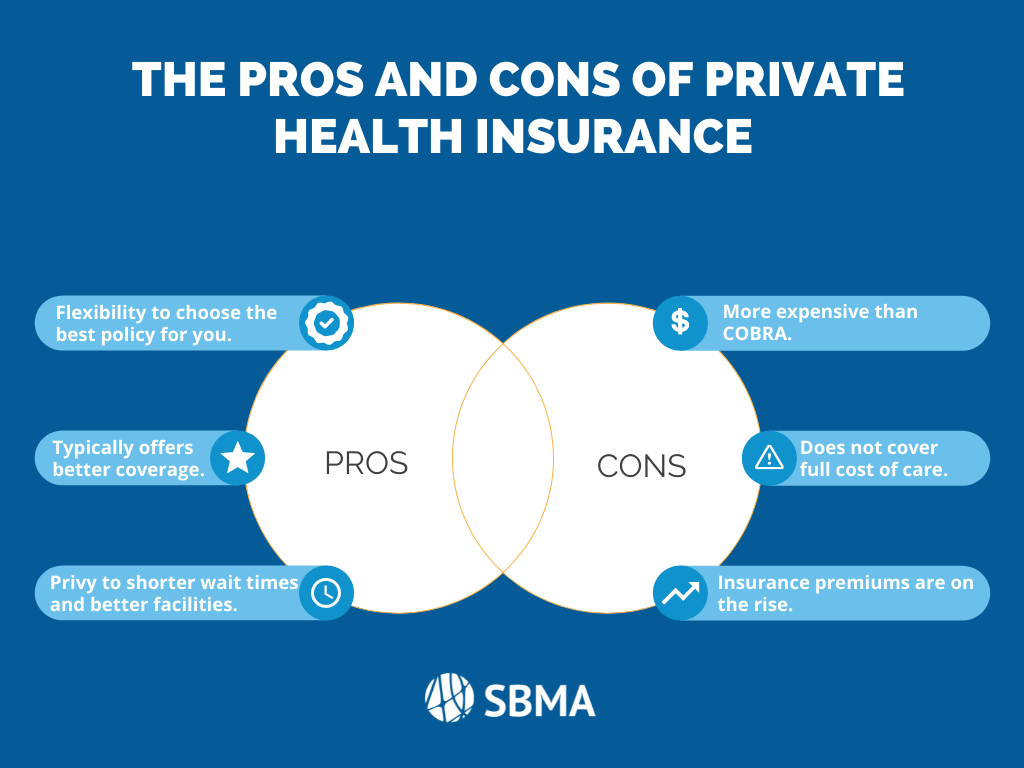All about Medicare Advantage Agent

The perception that individuals without insurance have better-than-average wellness

follows from adheres to the perplexing young reasonably profile of account uninsured with the better health, on average, of younger persons. For those without accessibility to work environment health and wellness insurance, inadequate health and wellness is a prospective obstacle to buying nongroup protection due to the fact that such insurance coverage may be highly priced, omit preexisting conditions, or be simply inaccessible. Unless otherwise noted, national quotes of people without wellness insurance policy and proportions of the populace with different kinds of insurance coverage are based on the CPS, the most widely made use of source of estimates of insurance coverage and uninsurance prices.

The Ultimate Guide To Medicare Advantage Agent
The connection in between health and wellness insurance policy and accessibility to care is well established, as documented later in this chapter. The relationship between health and wellness insurance policy and health results is neither direct nor easy, a comprehensive professional and health solutions study literary works links wellness insurance coverage
to improved better accessibility care, better far betterTop quality and improved personal and population populace statusCondition The second report, on individual health and wellness results for uninsured grownups, is represented by the inner circle of the number, while the 3rd report, on family wellness, includes the subjects of the second report yet highlights a different unit of analysis, particularly, the family.
It focuses particularly on those without any wellness insurance for any type of length of time. The issues faced by the underinsured remain in some areas comparable to those dealt with by the uninsured, although they are generally less severe. Uninsurance and underinsurance, however, involve clearly various policy issues, and the strategies for addressing them may differ. Throughout this study and the 5 records to comply with, the main emphasis is on individuals without health insurance coverage and thus no assistance in spending for healthcare past what is available through charity and security web institutions. Wellness insurance is a powerful element impacting invoice of care due to the fact that both clients and physicians reply to the out-of-pocket cost of solutions. Wellness insurance policy, however, is neither required neither sufficient to get accessibility to medical solutions. The independent and straight result of wellness
insurance insurance policy on access accessibility health wellness solutions well establishedDeveloped Others will obtain the health treatment they need even without medical insurance, by paying for it expense or seeking it from suppliers that use treatment cost-free or at very subsidized rates. For still others, medical insurance alone does not ensure receipt of care due to various other nonfinancial obstacles, such as a lack of healthcare service providers in their neighborhood, limited accessibility to transportation, illiteracy, or linguistic and social check my site differences. Formal research study regarding without insurance populaces in the United States dates to the late 1920s and very early 1930s when the Committee on the Expense of Healthcare created a series of reports regarding funding medical professional office visits and hospital stays. This issue came to be prominent as the numbers of medically indigent climbed up during the Great Depression. Empirical studies consistently support the link between accessibility to care and boosted health and wellness outcomes(Bindman et al., 1995; Starfield, 1995 ). Having a normal resource of care can be considered a forecaster of gain access to, rather than a direct procedure of it, when health outcomes are themselves utilized as gain access to indicators. This extension of the concept of accessibility measurement was made by the IOM Committee on Keeping Track Of Gain Access To to Personal Healthcare Services(Millman, 1993, p. Whether or not parents are insured shows up to impact whether their children receive treatment as well as exactly how much careeven if the youngsters themselves have coverage(Hanson, 1998). The health and wellness of moms and dads can impact their capability to take care of their youngsters and the level of household anxiety. Fretting about their youngsters's access to care is itself a source of anxiety for parents. Three phases comply with in this record. Phase why not try these out 2 supplies an introduction of exactly how employment-based health and wellness insurance policy, public programs and specific insurance coverage run and connect find out this here to provide substantial however incomplete insurance coverage of the U.S. populace. This consists of a testimonial of historical trends and public laws influencing both public and personal insurance coverage, a conversation of the interactions amongst the various types of insurance, and an assessment of why people relocate from one program to an additional or end up

Comments on “What Does Medicare Advantage Agent Mean?”